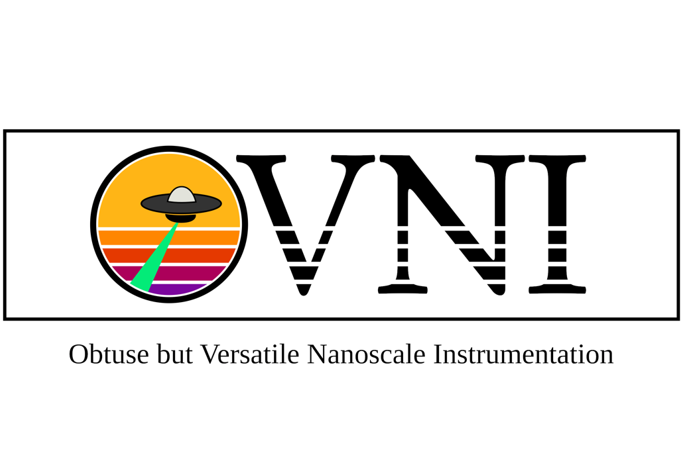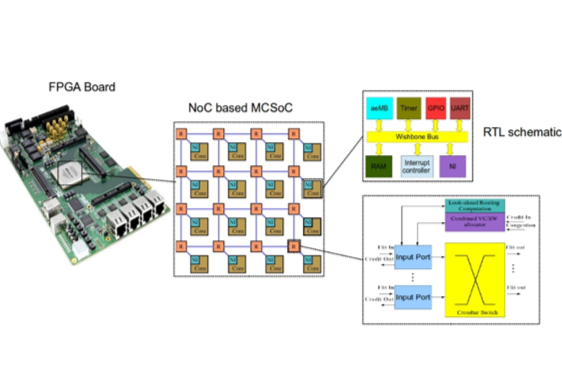SOFTWARE & HARDWARE
Licensable technology created by BSC
MIT License (library) + GPL License (Version 3.0) (trace emulator)
The ovni project provides an efficient instrumentation library for runtime systems and low-level libraries.
LGPL License (Version 3.0)
Pandora is a framework designed to create, execute and analyse agent-based models in high-performance computing environments. It has been programmed to allow the execution of large-scale agent-based simulations, and it is capable of dealing with thousands of agents developing complex actions. The users can choose to develop their code in Python (for fast prototyping) or C++ (complex models). Interfaces of both versions are identical, and share the same C++ base code (assuring compatibility and efficiency).
PETGEM is an HPC python code for the simulation of electromagnetic fields in real 3D CSEM/MT FM that arise in the geophysics context.
Integration of stochastic Boolean modelling in an agent-based modelling framework as an add-on (Based on PhysiBoSS and collaboration with Institut Curie).
The PMES Framework allows users to execute jobs in the cloud.
PredIG uses antigen processing and presentation features plus physicochemical properties of the epitopes to predict T-cell recognition and immunogenicity of neoantigens.
The PROFET tool (PROFiling-based EsTimation of performance and energy) is designed to profile memory system performance, quantify the application pressure to the memory system and estimate application performance on hardware platforms with novel memory systems. It was initially designed for SandyBridge platforms with DDR3 main memory.
Solderpad Hardware License (Version 2.1)
Creative Commons Attribution 4.0 International
pyDock is a fast protocol which uses electrostatics and desolvation energy to score docking poses generated with FFT-based algorithms.
Software that provides pyDock docking energy partitioned at the residue level, giving a much more detailed description of the docking energy landscape. Additionally, pyDockEneRes computes the contribution to the docking energy of the side-chain atoms.
This tool is a port of the POD/DMD of the tools from UPM in MATLAB to C/C++ using a python interface. So far POD, DMD and sPOD are fully implemented and work is being done to bring hoDMD and VAEs inside the tool.
Highly scalable multidimensional indexing system for NoSQL databases.
Qsymlib is a collection of numerical tools to perform symulations of Quantum Computers coupled to a classical computer. The set of tools is designed to be executed in an HPC environment, taking advantage of the multinode architecture by formulating the quantum problem as a Tensor Network. The library includes Machine Learning tools to control Quantum devices.
RESTK is an implementation of the algorithm to upper-bound extremely high quantiles using Markov's inequality to the power-of-k for probabilistic WCET.
Further details can be found in this publication: https://drops.dagstuhl.de/opus/volltexte/2022/16337/




















